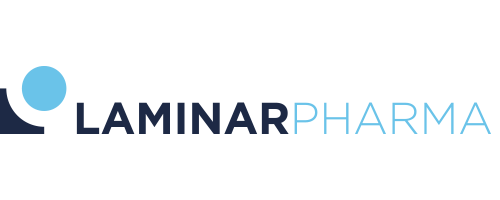29 May Updated results of Minerval study in cancer presented at ASCO 2015
Palma de Mallorca, May 30th 2015 –
Updated results of the ongoing Phase I/IIA clinical trial with 2OHOA in patients with advanced solid tumours, including malignant glioma (MIN-001-1203), were presented today in a poster discussion session at the 51st annual meeting of the American Society of Clinical Oncology (ASCO), held in Chicago from the 29th of May to the 2nd of June, 2015.
In this event, the latest findings from cancer clinical trials, including new drug studies that could change patient care, are announced to more than 25.000 worldwide physicians, researchers and representatives of pharmaceutical and biotechnology companies.
The results of the first 6 cohorts of the MIN-001-1203 study were presented in an abstract and poster discussion session that raised significant interest among the ASCO community. 22 evaluable patients (10 with glioblastoma) have been recruited in the first 6 cohorts in 3 sites located in the UK and in Spain. The study drug is given as a PO suspension, 2 or 3 times daily, in 21-day cycles in order to determine the safety profile and the maximum tolerated dose (MTD). Dose escalation in the trial continues as 2OHOA has hitherto been well tolerated, even in very high doses (12 mg/day) with no drug-related serious adverse events reported. In addition to the safety results, Laminar Pharma presented data on secondary endpoints for the trial, including pharmacokinetics (PK) and early indications of efficacy. The PK profile was dose-proportional with no accumulation up to 4g/day and no food interactions were observed. At doses up to 4g/day the t1/2 ranged from 1,5 to 3,8 hr, while at the highest dose (12 gr/day) t1/2 was 10,8h.
Furthermore, clinical benefit has been reported in 4 patients, 3 of them with glioblastoma (GBM), including one GBM patient (ongoing) that has achieved a sustained partial response (PR) on RANO criteria (tumour shrinkage ˃91%) lasting now for more than 20 months. Two other GBM patients (ongoing) have Stable Disease (SD) after 4 and 6 months of treatment respectively. A fourth patient with progressive mesothelioma had SD lasting up to cycle 15 (10 months).
MIN-001-1203 Phase I/IIa 2OHOA trial background. The Phase I/IIA trial of 2OHOA is an open label, non-randomized, safety, pharmacokinetics, pharmacodynamics and efficacy study for adult patients with advanced solid tumors including malignant glioma. Patients must have tumor progression after first or second line standard-of-care treatment. The study will be performed in two phases – a dose escalation phase following a standard “3+3” design to establish dose-limiting toxicity (DLT) and a safe dose of 2OHOA followed by two expanded safety cohorts (10 malignant glioma and 10 other advanced solid tumours suitable for biopsy) treated at the maximum tolerated dose (MTD). If the MTD is well tolerated in the expanded safety cohorts, that dose becomes the recommended Phase 2 dose (RP2D). Primary endpoints are to determine the safety and tolerability of 2OHOA administered orally using a continuous dosing schedule and to identify the RP2D of 2OHOA. Secondary endpoints include to characterize the single-and steady-state pharmacokinetic (PK) profiles of 2OHOA; with a continuous daily dosing schedule, to evaluate the effect of 2-OHOA on sphingomyelin (SM) and dihydrofolate reductase (DHFR) in non-glioma patients (patients with lesions suitable for biopsy -dose escalation phase and all patients-expanded safety cohort) and to assess the preliminary anti-tumor efficacy of 2OHOA. Radiological progression of disease will be assessed every two cycles (6 weeks) starting after the first two cycles have completed (after 6 weeks treatment) up to the end of Cycle 6 (thereafter every 3-4 cycles, at the Investigator’s discretion). Tumors will be measured by CT or MRI scan. Changes will be scored according to RANO criteria (glioma) or Response Evaluation Criteria in Solid Tumors (RECIST) v1.1 (other solid tumor).

